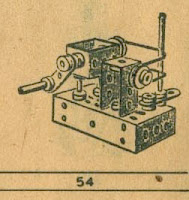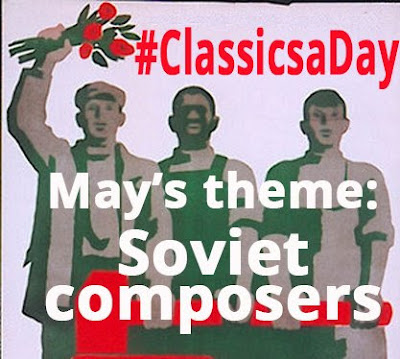 There's spam, and then there's spam so oddly written it's somewhat amusing. Here's a roundup of some of the "best" comments I received this month from spambots around the world.
There's spam, and then there's spam so oddly written it's somewhat amusing. Here's a roundup of some of the "best" comments I received this month from spambots around the world.Misplaced in translation
- when someone writes an piece of writing he/she maintains the plan of a user in his/her mind that how a user can understand it. So that's why this post is so perfect. [You're so right/not right!]- magnificent web site. a lot of useful info here I'm sending it to a few friends and also sharing in delicious. [Sounds yummy.]
- Attractive section of content. I just stumbled upon your blog and in accession capital to assert that I get actually enjoyed account your blog post. [Said the spambot with the MBA]
"Lumbering along" continues to enlighten
My short post about vintage Japanese tin toys continues to attract the spambots. The Straco Express Layout, Part 23 - Lumbering Along really isn't that interesting or insightful -- and I should know. It's simply a short piece about an inexpensive early 1960s tin friction toy I picked up, and how it fit in with the theme of the display I was assembling. However, others seem to get more out of it.
- You really make it seem so easy with your presentation buy I find this matter to be actually something which I think I would never understand. It seems too complicated and extremely broad for me. [ (!) ]
- Spot on with this writeup. I honestly think this site needs a lot more attention. [If you say so. Although judging by the spambot traffic, it seems to be doing just fine.]
- I discovered exactly what I was taking a look for. You have ended my four day long hunt! [Now that's just sad.]
The ultimate compliment
- I want to encourage you to ultimately continue your great writing. [I think -- ultimately -- I will.]That's all for this month. I leave with this sage observation one spambot left:
- Very hepful advice within this post! It is the little changes that produce the biggest changes.











































